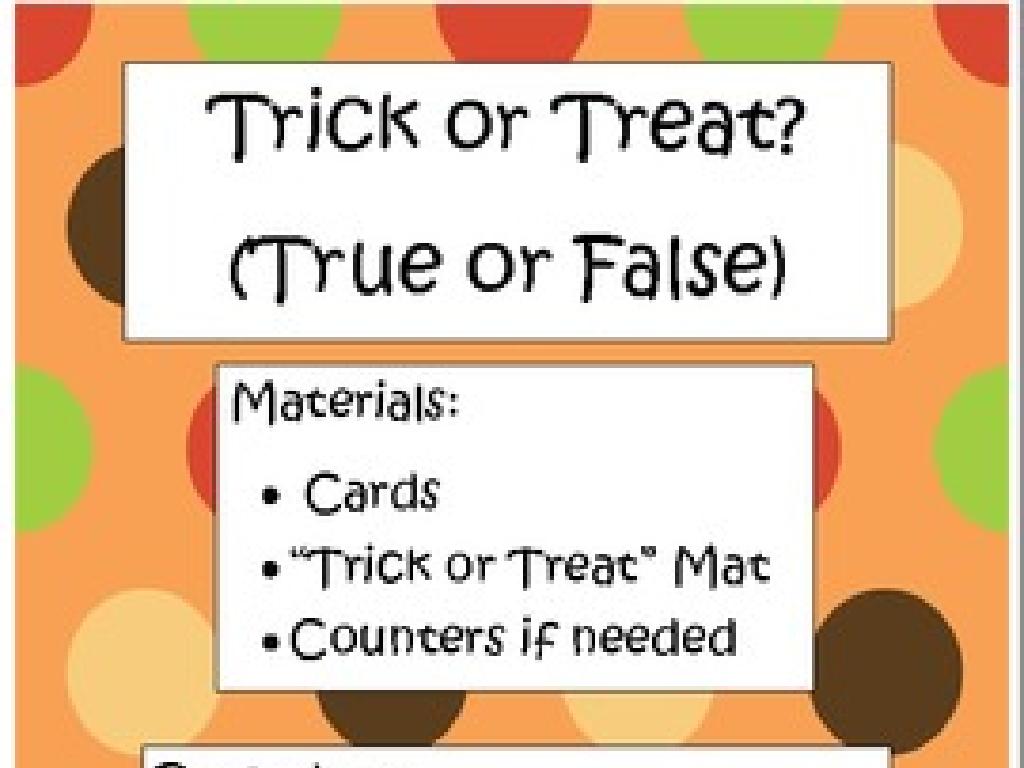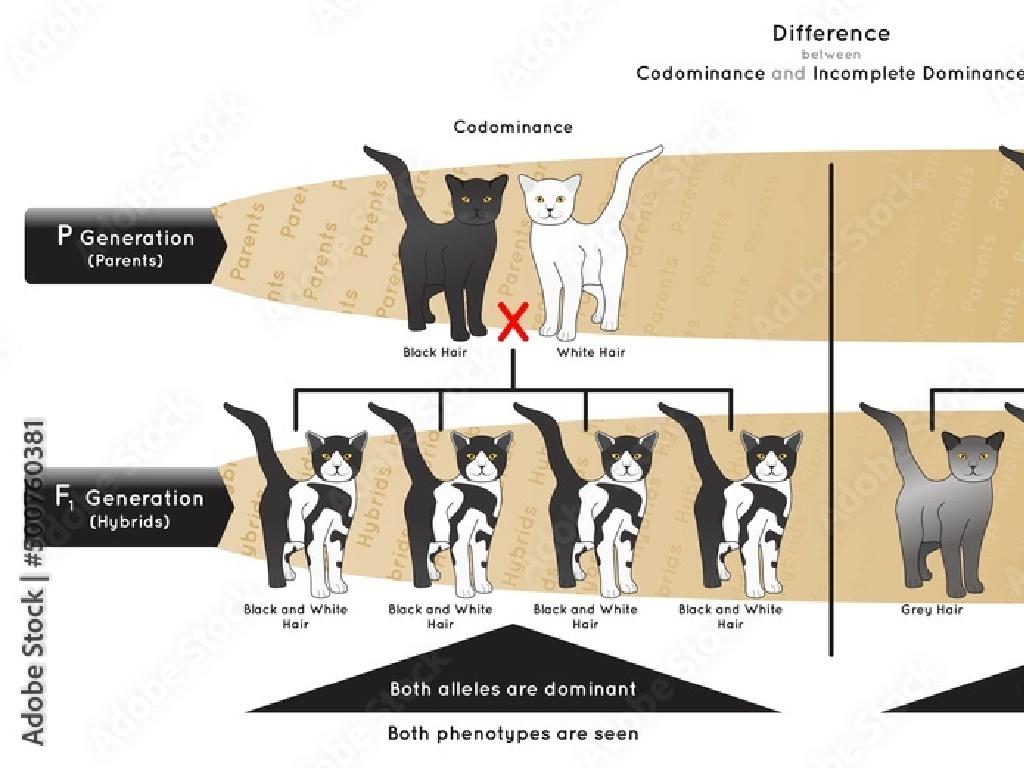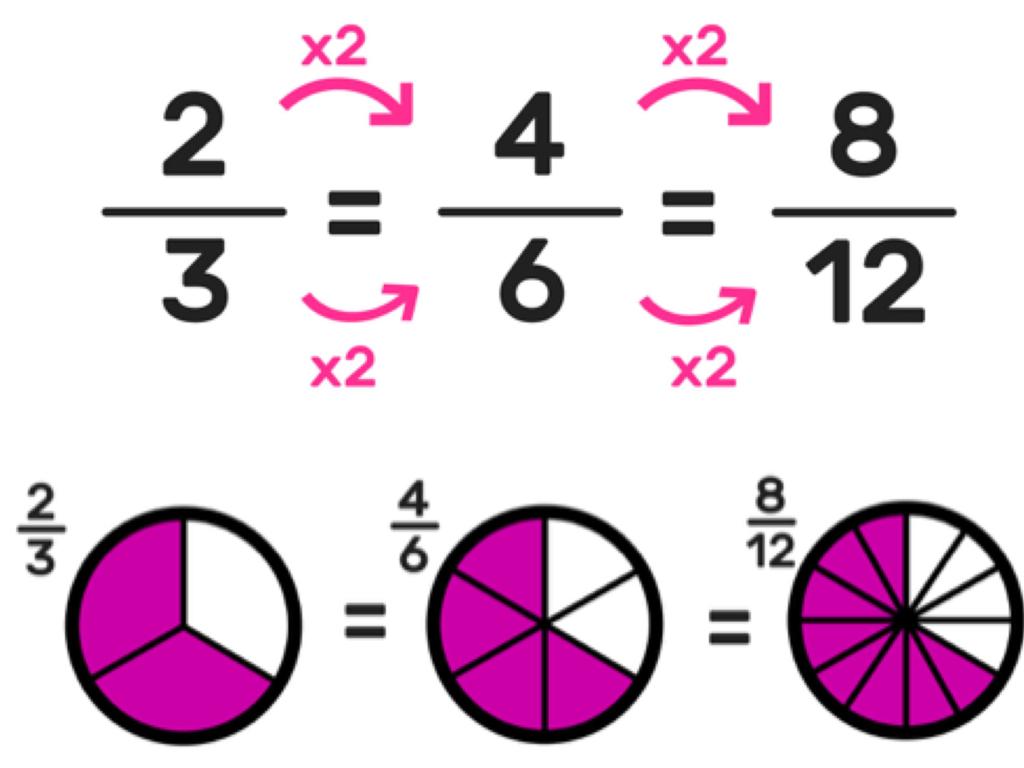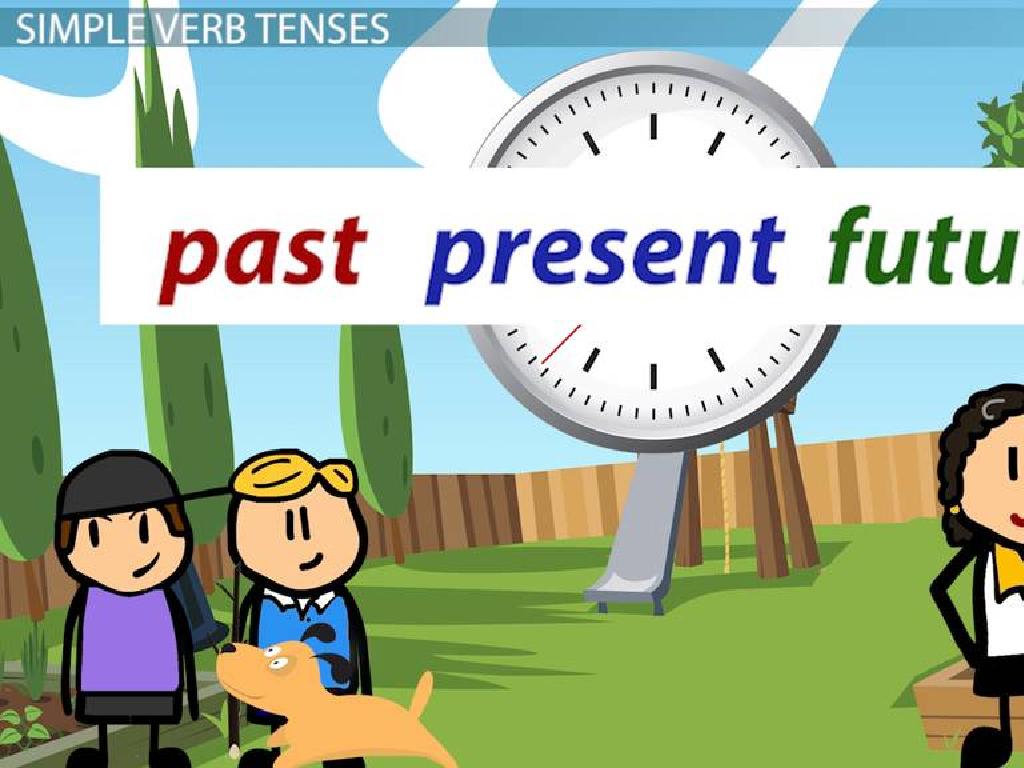Spell The Digraph Word: Ph, Qu, Wh
Subject: Language arts
Grade: Second grade
Topic: Consonant Blends And Digraphs
Please LOG IN to download the presentation. Access is available to registered users only.
View More Content
Special Sounds in Words: Digraphs
– What are digraphs?
– Two letters making one sound, e.g., ‘sh’, ‘ch’, ‘th’
– The ‘ph’ sound like in ‘phone’
– ‘ph’ makes the ‘f’ sound. Find it in ‘dolphin’, ‘alphabet’
– The ‘qu’ sound like in ‘queen’
– ‘qu’ sounds like ‘kw’. It’s in ‘squirrel’, ‘quilt’
– The ‘wh’ sound like in ‘whale’
– ‘wh’ starts words with a ‘whoosh’ sound. Like ‘whisker’, ‘wheel’
|
This slide introduces second graders to the concept of digraphs, which are pairs of letters that come together to make a single sound. Focus on the digraphs ‘ph’, ‘qu’, and ‘wh’, providing examples for each and emphasizing the unique sound they make. This understanding is crucial for reading and writing, as it helps with word recognition and pronunciation. Encourage students to think of other words with these digraphs and to listen for the special sounds they make. Activities can include a word hunt in their favorite books or writing sentences using new digraph words.
Exploring Digraphs: ‘ph’, ‘qu’, ‘wh’
– What are digraphs?
– Two letters making one sound
– Common digraph examples
– ‘sh’ as in ‘ship’, ‘ch’ as in ‘chop’
– Today’s focus: ‘ph’, ‘qu’, ‘wh’
– ‘ph’ sounds like ‘f’, ‘qu’ like ‘kw’, ‘wh’ like ‘w’
– Practice with fun words
– Find words like ‘phone’, ‘queen’, ‘whale’
|
Introduce the concept of digraphs to the students by explaining that they are pairs of letters that come together to make a single sound. Use familiar examples like ‘sh’ and ‘ch’ to illustrate the concept. Then, shift the focus to the special digraphs for the day: ‘ph’, ‘qu’, and ‘wh’. Explain the unique sounds these digraphs make and provide examples for each. Encourage the students to think of other words that contain these digraphs and to listen for the special sounds they make. Prepare a list of words with these digraphs for a class activity where students can practice spelling and saying them.
The ‘ph’ Sound in Words
– ‘ph’ sounds like ‘f’
– Like ‘f’ in ‘phone’
– Practice with ‘ph’ words
– ‘graph’ also has the ‘ph’ sound
– Examples: ‘dolphin’, ‘alphabet’
– Think of your own ‘ph’ words!
– Use your imagination to find more words
|
This slide introduces the ‘ph’ digraph and its pronunciation, which sounds like the letter ‘f’. Start by explaining the concept of digraphs two letters that make one sound. Provide examples like ‘phone’, ‘dolphin’, ‘alphabet’, and ‘graph’ to illustrate the sound. Encourage the students to practice saying these words out loud. Then, ask the students to brainstorm and write down other words they know or can find that contain the ‘ph’ sound. This activity will help reinforce their understanding of the ‘ph’ digraph and its use in spelling. Make sure to walk around the classroom to assist students and offer praise for their efforts.
The ‘qu’ Sound in Words
– ‘qu’ sounds like ‘kw’
– Like ‘kw’ in ‘kween’
– Practice words: ‘quack’, ‘quick’, ‘quiet’
– Say them out loud: ‘kwack’, ‘kwik’, ‘kwiet’
– Discover more ‘qu’ words
– Can you find ‘qu’ words in your book?
– Share your ‘qu’ words in class
|
This slide focuses on teaching the ‘qu’ digraph, which makes the ‘kw’ sound. Start by explaining the sound ‘qu’ makes, using ‘queen’ as an example. Then, practice with the class by saying ‘quack’, ‘quick’, and ‘quiet’ aloud, emphasizing the ‘kw’ sound. Encourage students to think of other words that start with ‘qu’ and write them down. In the next class, ask students to share the words they’ve found. This activity helps students recognize the ‘qu’ sound in different words and understand how digraphs function in English spelling.
The ‘wh’ Sound in Words
– ‘wh’ makes a ‘hw’ sound
– Like in ‘whale’, say ‘hwale’
– Practice words: wheel, whisk, whisper
– Say ‘hweel’, ‘hwisk’, ‘hwisper’ together
– Find ‘wh’ words in the classroom
– Look at books, posters, and labels for ‘wh’ words
– Share your ‘wh’ words with the class
|
This slide introduces the digraph ‘wh’ and its unique ‘hw’ sound. Start by demonstrating the sound for the class, then practice with the provided words. Encourage the students to repeat after you to ensure they grasp the pronunciation. Next, engage the students in a scavenger hunt activity around the classroom to find words that contain the ‘wh’ digraph. This could include looking at book titles, instructional materials, or classroom labels. Finally, have the students share the words they found with the class, which will reinforce their learning and help them remember the sound of the ‘wh’ digraph. This activity promotes active participation and helps students connect the sound to written language in a fun and interactive way.
Digraph Matching Game
– Match digraphs to pictures
– Find the ‘ph’ sound picture
– Like ‘phone’ or ‘elephant’
– Match ‘qu’ sound with a picture
– Like ‘queen’ or ‘quilt’
– Match ‘wh’ sound with a picture
– Like ‘whale’ or ‘wheel’
|
This interactive slide is for a matching game where students will connect digraphs to corresponding images. Digraphs are pairs of letters that create a single sound. ‘ph’ makes an ‘f’ sound as in ‘phone’, ‘qu’ makes a ‘kw’ sound as in ‘queen’, and ‘wh’ makes a ‘w’ sound as in ‘whale’. Prepare pictures of items that contain these digraph sounds and have students come up to the board to match them with the correct digraph. This activity will help reinforce their understanding of digraph sounds in a fun and engaging way. Make sure to have a variety of pictures for each sound and encourage students to explain why they matched the picture with the digraph.
Spell with Me: Digraphs ‘ph’, ‘qu’, ‘wh’
– I’ll say a word, you spell it
– Listen for the ‘ph’, ‘qu’, ‘wh’
– Let’s spell ‘whisk’ together
– ‘whisk’ starts with the ‘wh’ sound
– Now, ‘dolphin’ and ‘quilt’
– ‘dolphin’ has the ‘ph’ sound, ‘quilt’ starts with ‘qu’
|
This slide is for an interactive class activity focused on spelling words with the digraphs ‘ph’, ‘qu’, and ‘wh’. Start by pronouncing a word clearly and then have the students spell it out loud or on paper. Emphasize the digraph sounds in each word. For ‘whisk’, highlight the initial ‘wh’ sound. For ‘dolphin’, focus on the ‘ph’ sound that makes an ‘f’ sound. For ‘quilt’, point out the ‘qu’ sound at the beginning. Encourage students to listen carefully to the sounds that make up each word. This activity will help reinforce their understanding of how digraphs function in words. Provide positive feedback and assistance as needed.
Create Your Own Digraph Words
– Make words with ‘ph’, ‘qu’, ‘wh’
– Use blocks to form words like ‘phone’, ‘whale’, ‘queen’
– Share your words with classmates
– Tell us why you chose each word
– Count our unique digraph words
– Can we reach 10, 20, or more words?
– Reflect on the activity
– What new words did you learn today?
|
This slide is for a class activity focused on understanding and practicing digraphs ‘ph’, ‘qu’, and ‘wh’. Provide students with letter blocks and ask them to form words that contain these digraphs. Encourage them to share the words they create with the class to foster a collaborative learning environment. Keep track of the number of unique words the class comes up with to add a fun, competitive element to the activity. After the activity, have a discussion with the students about the new words they learned and how they can use context clues to understand the meaning of new digraph words they encounter in the future. This activity will help reinforce their understanding of consonant blends and digraphs in a hands-on and engaging way.
Class Activity: Digraph Word Hunt
– Explore the classroom on a word hunt
– Find items with ‘ph’, ‘qu’, ‘wh’ sounds
– Team up and list digraph words
– For example, ‘phone’, ‘queen’, ‘whale’
– See who can find the most words
|
This interactive activity is designed to help students recognize and understand the use of digraphs ‘ph’, ‘qu’, and ‘wh’ in words. By working in pairs, students will engage in a fun and educational scavenger hunt around the classroom, searching for objects or images that contain these digraph sounds. Encourage them to listen carefully to the sounds in words and collaborate to create a list of digraph words they find. Provide examples like ‘phone’, ‘queen’, and ‘whale’ to get them started. This activity will not only reinforce their phonics skills but also promote teamwork and observational skills. Prepare a variety of objects and pictures in advance to ensure a successful hunt.
Conclusion: Mastering Digraphs ‘ph’, ‘qu’, ‘wh’
– Celebrate learning new digraphs
– Digraphs combine for one sound
– ‘ph’ as in ‘phone’, ‘qu’ as in ‘queen’, ‘wh’ as in ‘whale’
– Practice with reading and writing
– Find digraphs in books or use them in your journal
– Keep up the great work at home
|
As we wrap up, congratulate the students on their hard work learning the ‘ph’, ‘qu’, and ‘wh’ digraphs. Remind them that digraphs are pairs of letters that come together to make a single sound, which is different from the sounds the letters make individually. Encourage them to continue practicing by reading books and spotting these digraphs, as well as using them in their writing. You can suggest that they write a short story using words with these digraphs or look for them in their favorite stories at home. Reinforce the idea that practice is key to mastering their new skills in identifying and using digraphs.




